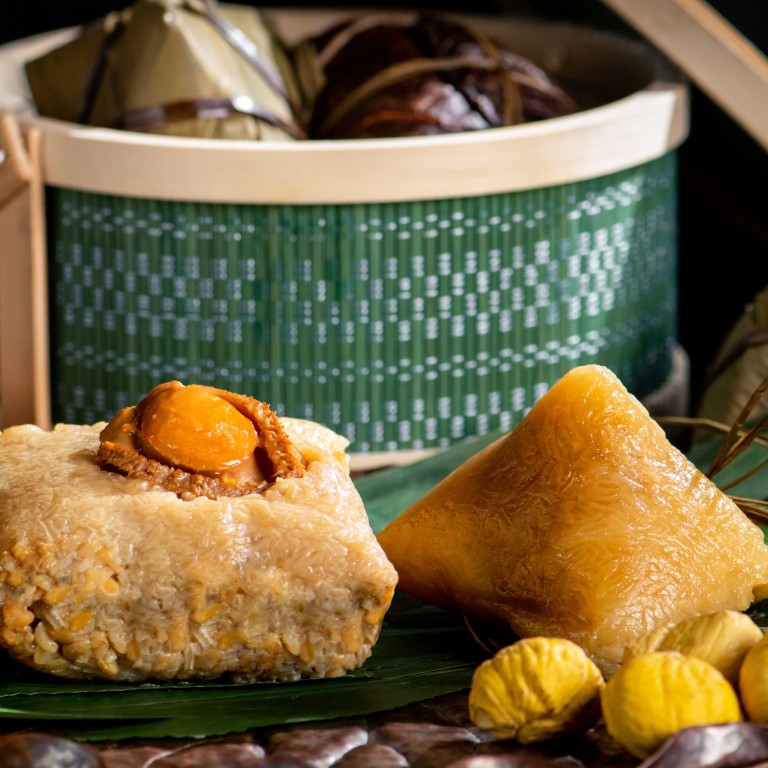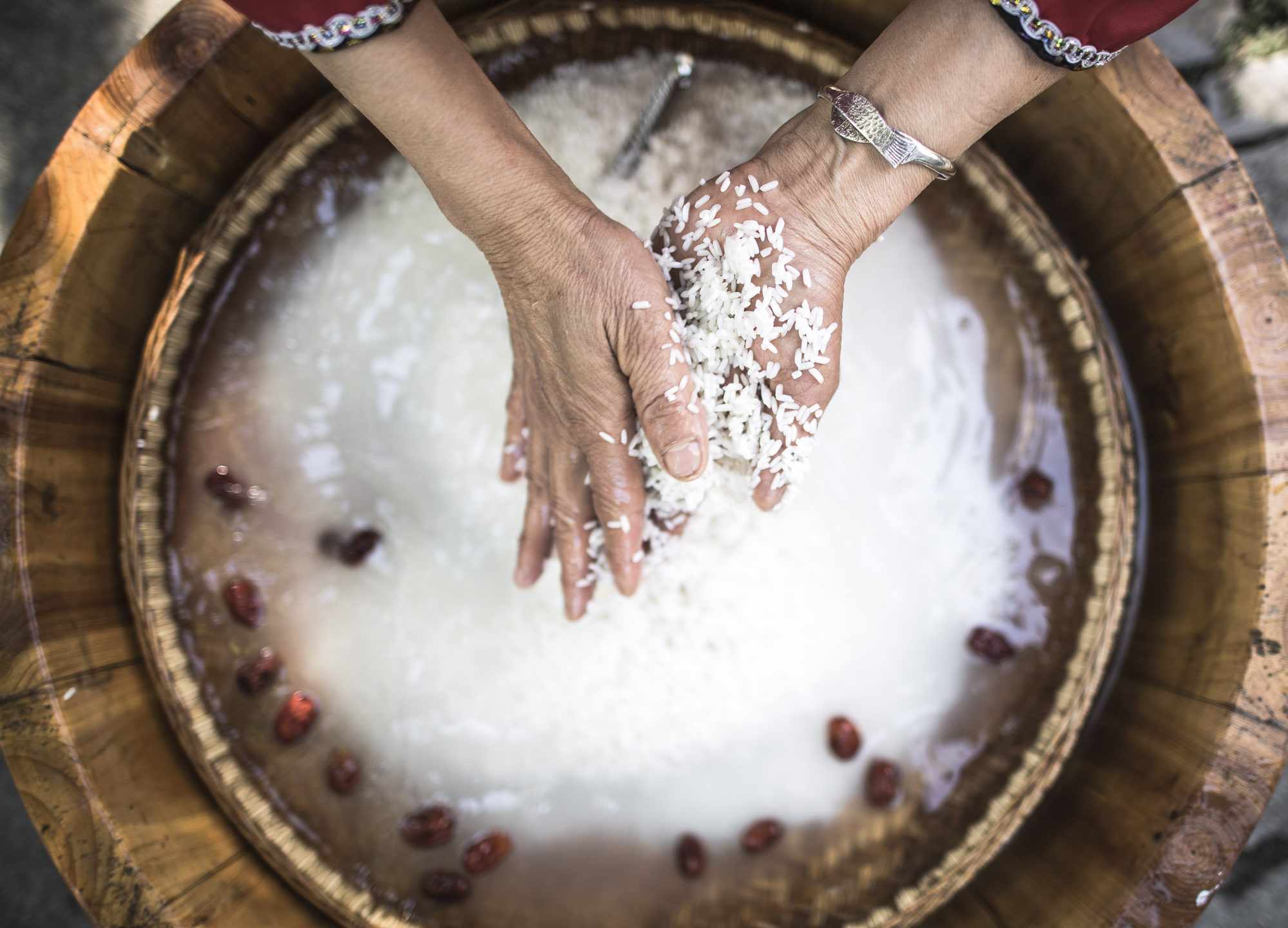
A Dragon Boat Festival myth busted: why sticky rice dumplings could be older than you think, and the best ways to eat one
- According to Chinese legend, a man’s suicide in a river led to the creation of the Dragon Boat Festival and the eating of sticky rice dumplings during it
- However, many cultures celebrate the day and eat their own version – in Malaysia and Singapore, it’s a Peranakan speciality. In Vietnam, it symbolises the sun
Is patriotic scholar Qu Yuan really why we eat sticky rice dumplings? The legend goes that Qu Yuan, an exiled poet and politician in the State of Chu during China’s Warring States period (475-221BC), committed suicide by drowning himself in the Miluo River when he heard that his state had fallen.
But just how real is this legend?

It would appear that the connection between Qu Yuan and zongzi is about as relevant as the one linking Christmas presents to Saint Nicholas or chocolates to Saint Valentine.

Around the region
The tradition of eating zongzi around the Dragon Boat Festival doesn’t just exist in Hong Kong and China. Southeast Asian countries celebrate the same festival and also eat sticky, or glutinous, rice dumplings – though each has their own version.

In neighbouring Vietnam, the banh chung zongzi is square and stuffed with mung beans and pork to symbolise the sun. In Thailand, locals eat a sweet version made with banana, rice and coconut. A savoury option sees Thai people stuff zongzi with chicken instead of pork.
Even around China, different regions have different tastes – Beijing’s zongzi are sweet and simple and can be eaten cold, with fillings such as red dates, red bean paste or dried fruits.

The savoury version is the one that is more frequently referenced when it come to zongzi, and is usually jam-packed with ingredients such as pork belly or duck, with other ingredients like green bean paste, mushrooms, dried scallops and salted egg yolk.

Top chef recommendations
We are very fortunate in Hong Kong to have all sorts of sticky rice dumplings in abundance. If run-of-the-mill flavours bore you, we’ve asked some top chefs from star-studded restaurants around the city to give us their recommendations.
Yup Kar-on – Duddell’s
“In recent years, I have been pairing Tuen Ng [Dragon Boat Festival] dumplings with soy paste. It’s a mixture of soy sauce cooked with sugar and soybeans, giving it viscosity and a subtle sweetness. Soy paste enhances the flavours of the ingredients, making it the perfect dipping sauce for savoury rice dumplings.”

Li Chi-wai – The Legacy House
“I would suggest our guests enjoy savoury ones with mature vinegar. The Legacy House’s glutinous rice dumplings contain abalone, pork, and mushroom, and people might find it very filling. Therefore, dipping a little vinegar to add acidity to the dish can help with digestion and make it lighter. The sweet-sour taste from the vinegar can entice your appetite.”
Lam Yuk-ming – Spring Moon
I also recommended steaming the rice dumpling, dicing it and having it coated in a coconut breadcrumb topping and quickly frying it, giving it a crunchy-on-the-outside and soft-on-the-inside texture.”

Wong Lung-to – Forum
“It’s really up to what your personal preferences are. You can try deep-frying savoury zong and dipping it in oyster sauce. A new way I like to explore is to cube the alkaline dumpling then covering it in a traditional Chinese toffee. This one is fun.”
Jayson Tang – JW Marriott Hotel Hong Kong
Ho Wai-sing – The Royal Garden Chinese Restaurant
“Simply substitute yuzu honey for the syrup in sweet dumplings. The acidity cuts the richness, while the tangy honey will enhance the bouquet of soft alkaline flavours.”

